In Artinis NIRS blog, you will find the latest trends in (f)NIRS, NIRS studies and applications, tutor from the leaders of near infrared spectroscopy, not to mention detailed insights and tips and tricks for your research!
Search blog post topic
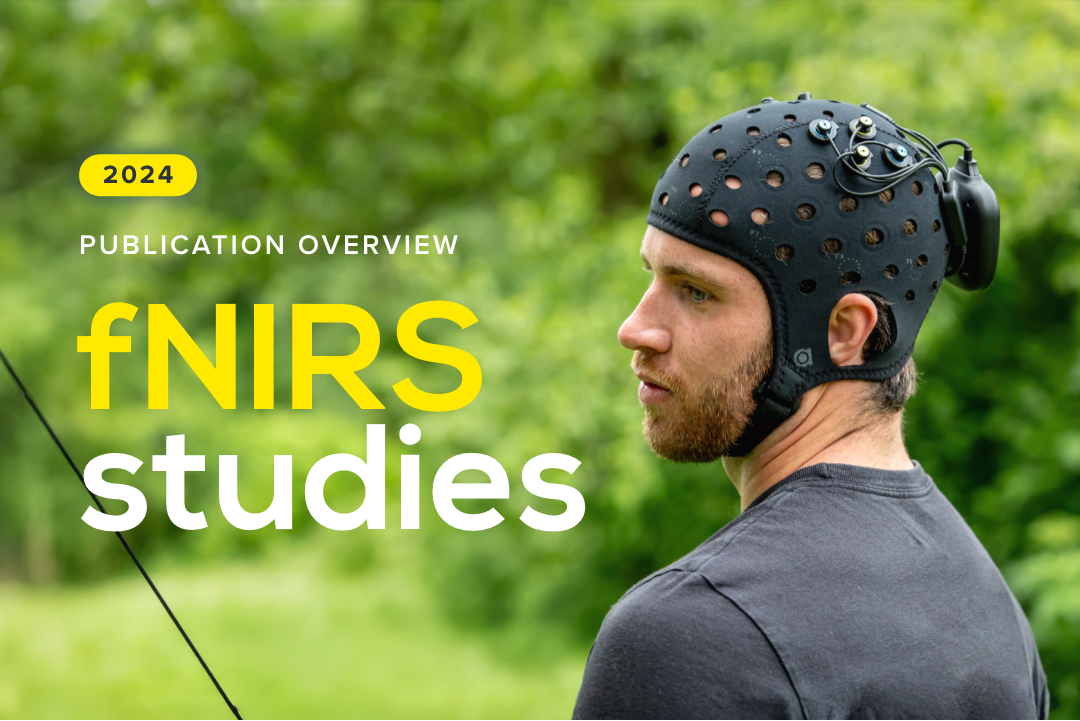
Publication overview 2024 - fNIRS studies with our devices
In 2024, an increasing number of relevant literature measuring brain activity with our fNIRS devices have been published. In this blogpost, we discuss application fields and purposes of using fNIRS to measure in the brain, and highlight exciting studies published in the last year with Artinis devices per category. Further, we show recent publications using our devices in naturalistic settings outside of the lab.
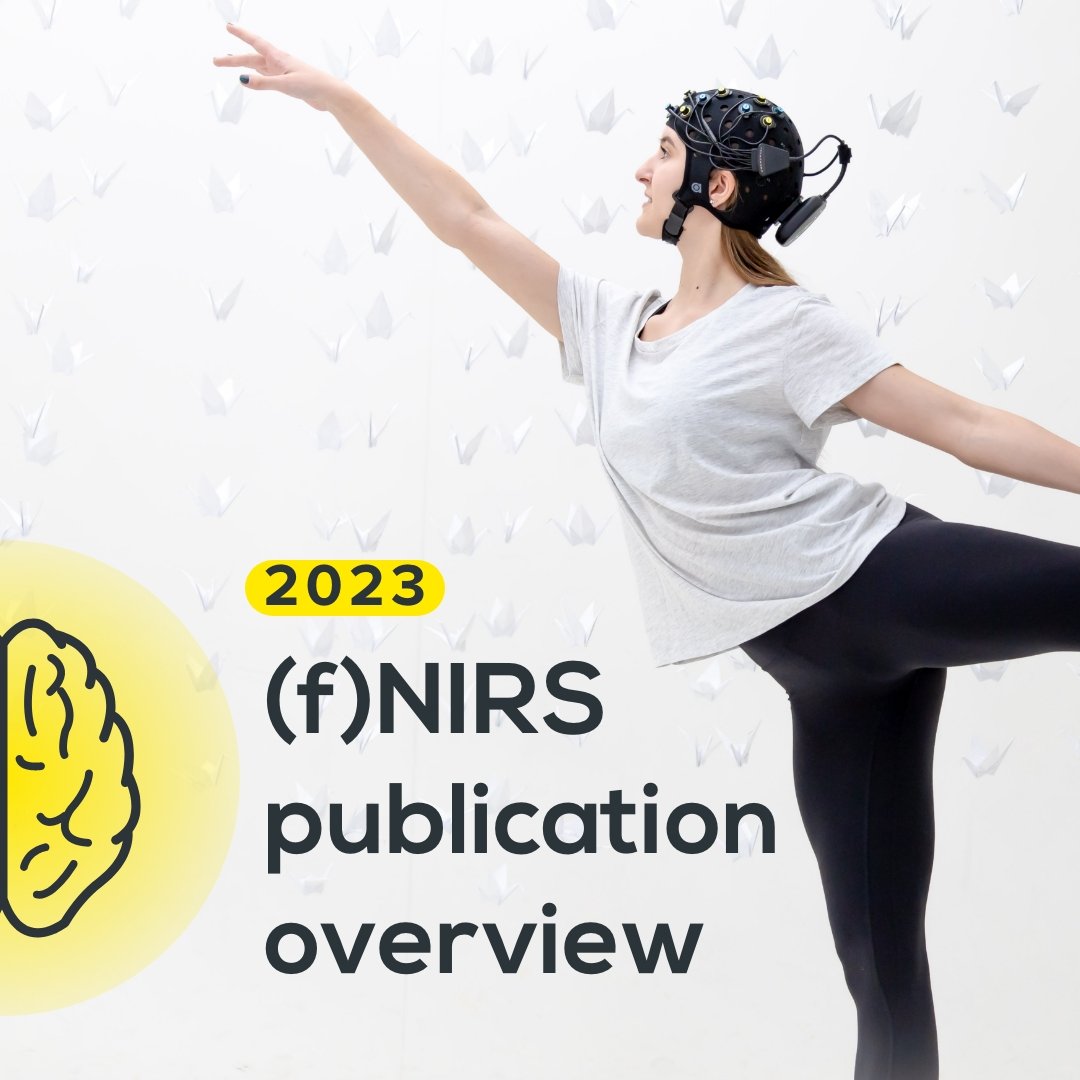
Publication overview 2023: Using our (f)NIRS devices to measure in the brain
We are proud that in 2023 an increasing number of publications using our (f)NIRS devices to measure brain activity could be found. In this blogpost, we list application areas with papers released last year utilizing our devices. We also highlight and summarize interesting publications per application category.
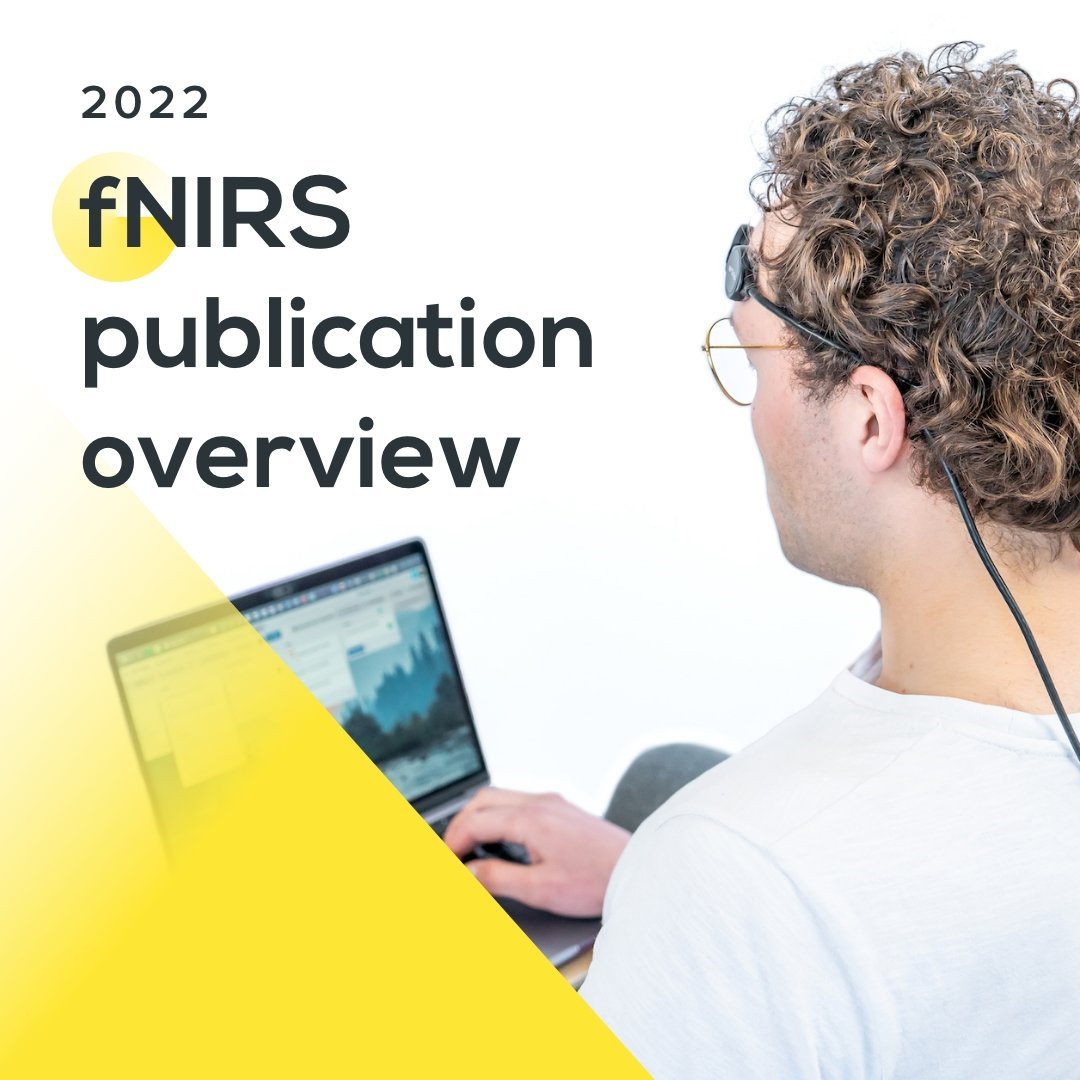
Publication Overview with our NIRS devices in 2022 – Brain
We are proud that several papers using our (f)NIRS devices to measure brain activation from different cortical areas and in various application fields were published in 2022. Read this blogpost to get an overview of application areas (f)NIRS can be used in, and which devices can be applied. Also, find highlighted publications per category that were performed with our devices in 2022.
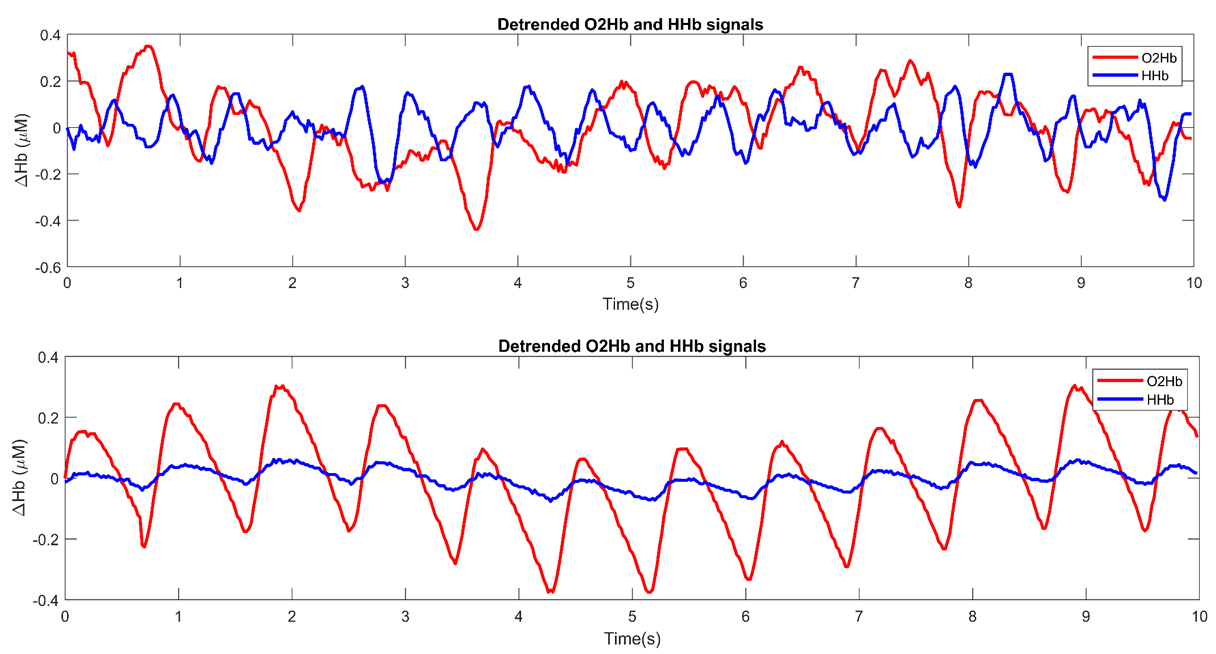
Assessing NIRS signal quality – Implementation of the Signal Quality Index (SQI)
Achieving good signal quality is crucial for (f)NIRS data acquisition and analysis, but often difficult to determine. Therefore, we developed an algorithm named SQI (Signal Quality Index) which rates NIRS signal quality. Read this blogpost to learn more on how this SQI is specified and how it can be implemented in your research.
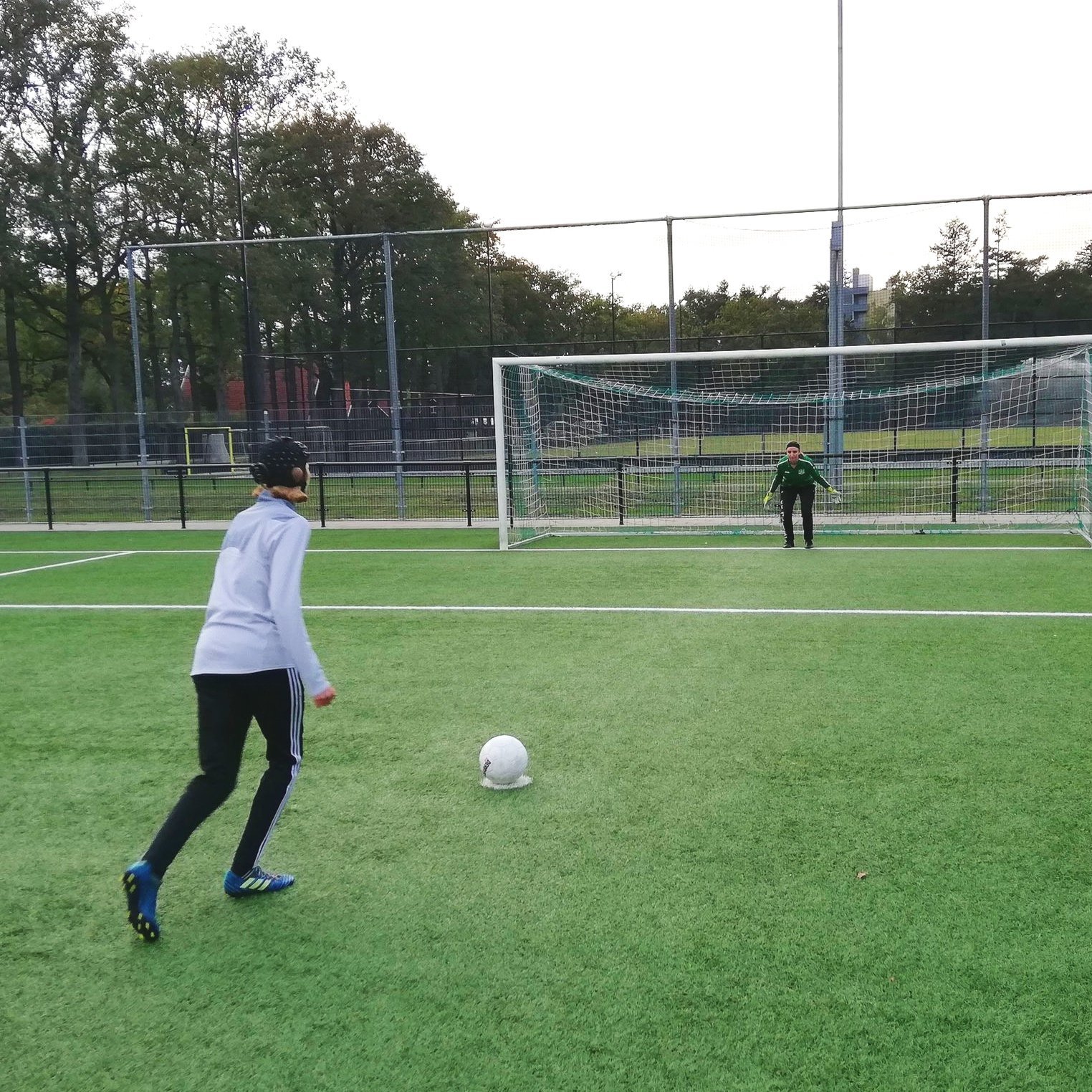
Using fNIRS to measure brain activity on the field during penalty kicks – a video interview with Max Slutter
fNIRS is increasingly used in on-the-field studies. One of the first to perform such a study by measuring brain activity with fNIRS in football players during penalty kicks were Max Slutter and colleagues. Watch our new video interview with Max Slutter to learn more about performing research with fNIRS on the field, and the advantages, but also challenges this might bring with it.
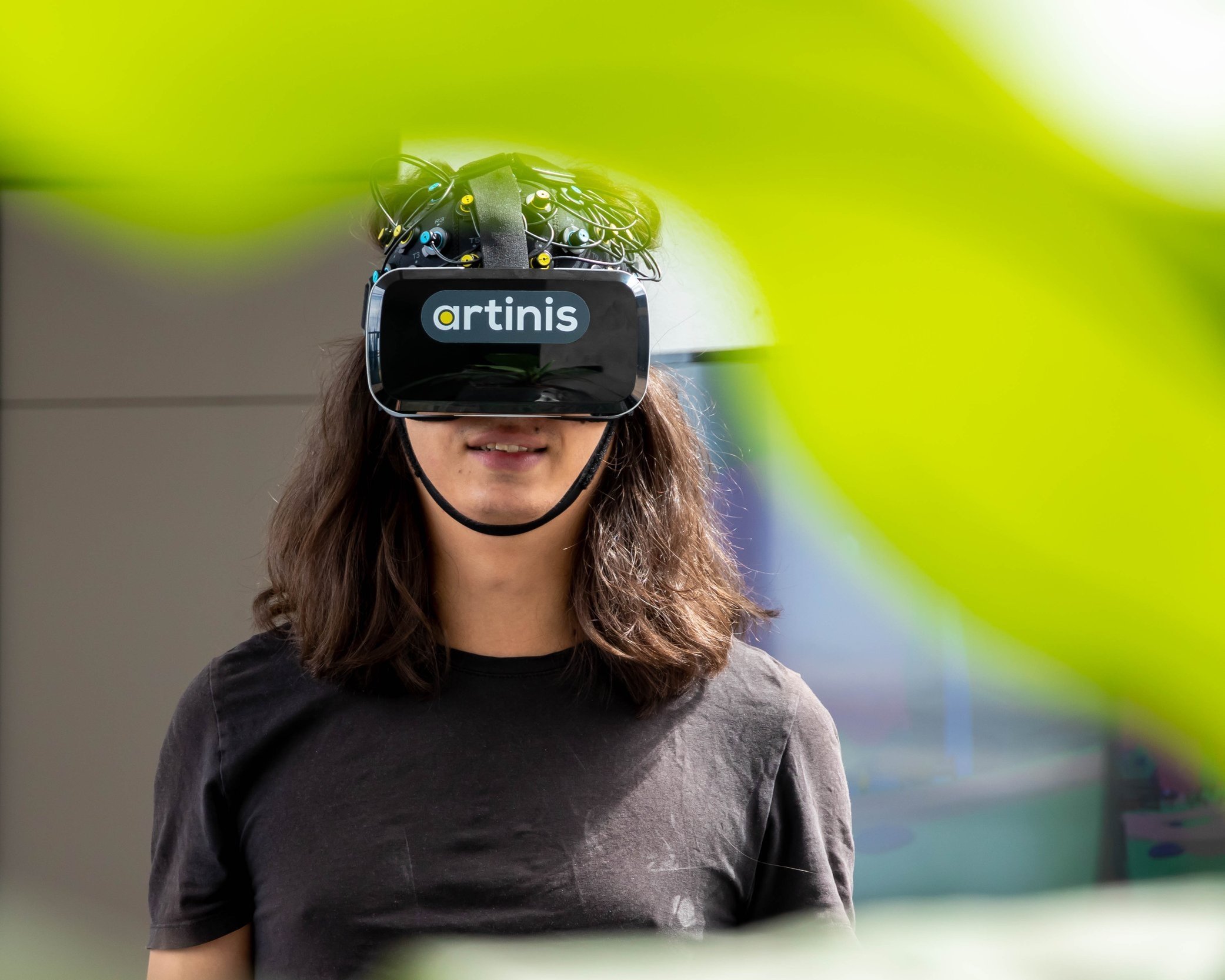
Combining Virtual Reality and wearable fNIRS
The application of Virtual Reality (VR) is becoming increasingly important in clinical and psychological research, for instance in exposure therapy or neurorehabilitation. fNIRS can be used to monitor brain activity during application of VR. We tested simultaneous use of VR and fNIRS with our new device, the Brite Frontal. Read in this blogpost, how this went and which advantages using fNIRS during VR application can demonstrate.
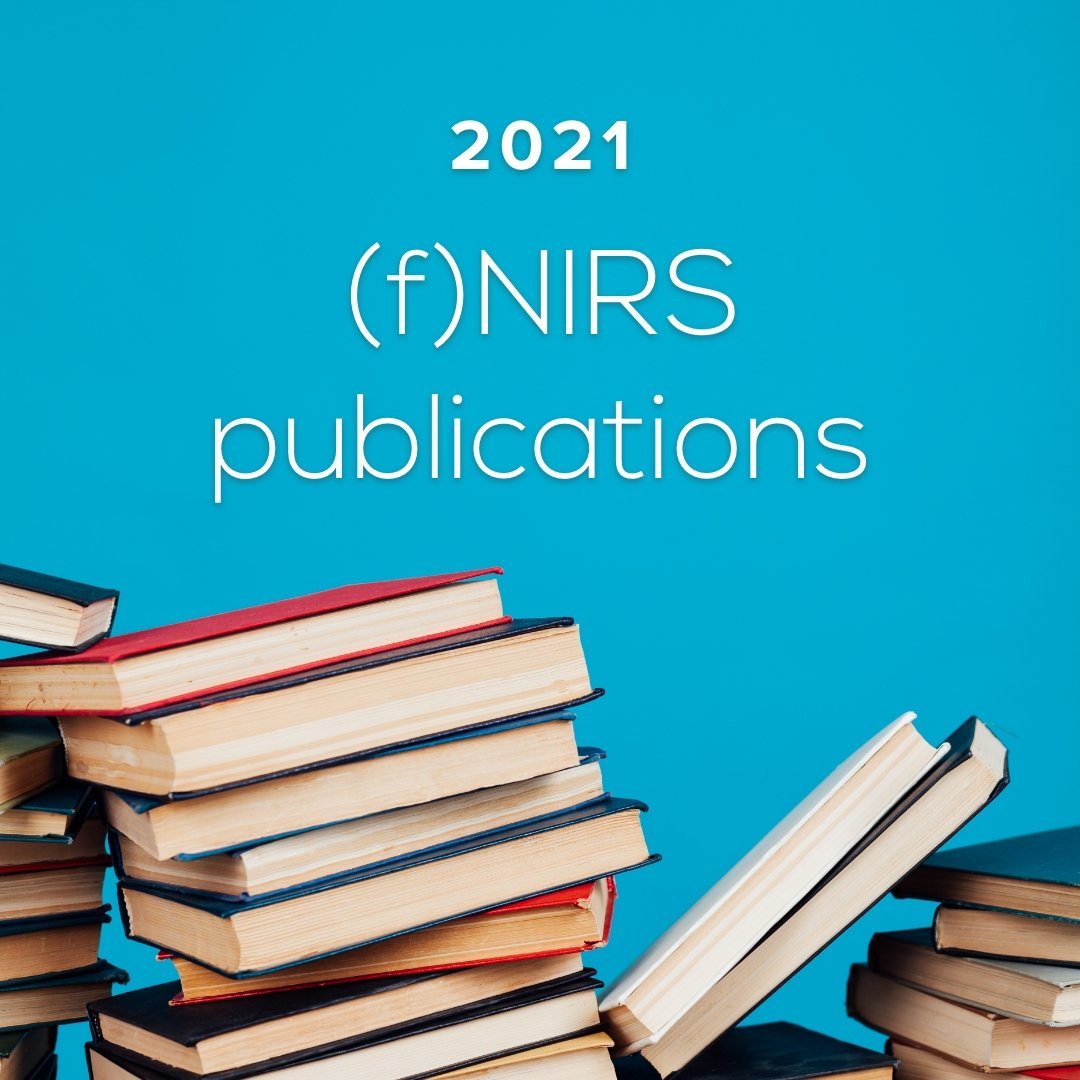
2021 Publication overview with Artinis Near-Infrared Spectroscopy (NIRS) devices
More than 110 papers using our (f)NIRS devices in neuro- and sports science areas were submitted last year. This blog post gives an overview of all papers published in 2021 using Artinis (f)NIRS devices for different application fields/categories, including cortical brain research, sport science, clinical and rehabilitation, hypoxia research, hyperscanning and multimodality.

Non-invasive evaluation of the endothelial and microvascular dysfunction induced by COVID-19
To provide professional intensive care specifically fit to cure COVID-19, hospitals need the appropriate space and equipment. Health care professionals have been working with limited resources in extreme environments but knowledge and experience is rapidly expanding. Several institutes have been implementing NIRS to study the endothelial and microvascular dysfunction to support the development of targeted and individualized therapies.
